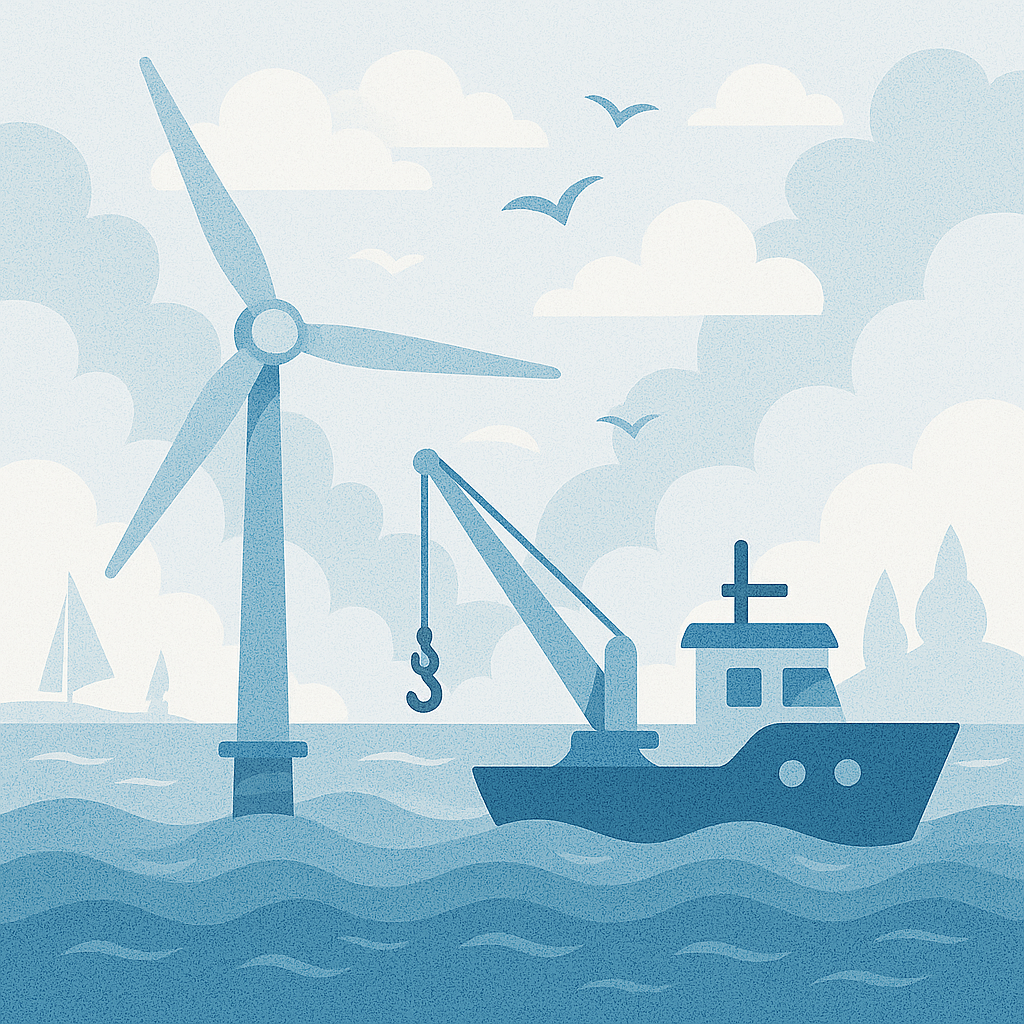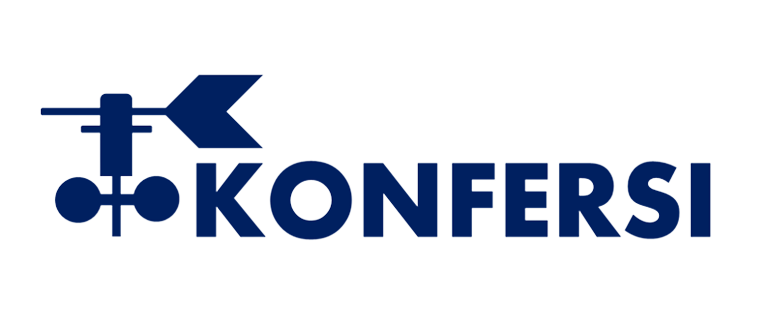
In offshore energy projects — like wind farms, floating solar, and marine infrastructure — timing is everything. Operations such as equipment installation, cable deployment, and inspection rely on safe environmental conditions at sea. This is where the concept of a “weather window” becomes critical.
A weather window is a specific period of time when the weather and sea conditions are calm enough to safely carry out work at sea. This concept is especially important in offshore projects such as building wind turbines, installing underwater cables, and performing maintenance on offshore platforms.
Offshore operations are highly sensitive to environmental conditions. If waves are too high or winds too strong, activities can become dangerous or even impossible. That’s why identifying the right weather window is critical—it helps ensure worker safety, avoid costly delays, and reduce risks to equipment and schedules.
To predict this windows, experts rely on metocean data (a combination of meteorological and oceanographic information) to predict weather windows. They look at:
- Wind speed
- Wave height
- Ocean currents
With this data, planners can estimate when sea conditions will be stable enough for safe and efficient offshore work.
At Konfersi Indonesia, we offer specialized consulting in meteorology, oceanography, and climate data. From high-resolution metocean analysis to offshore modeling and forecasting, our services are tailored to support industries like renewable energy, oil & gas, and coastal development.
🔍 Explore how our data-driven solutions can help you plan better, reduce risks, and optimize performance.
